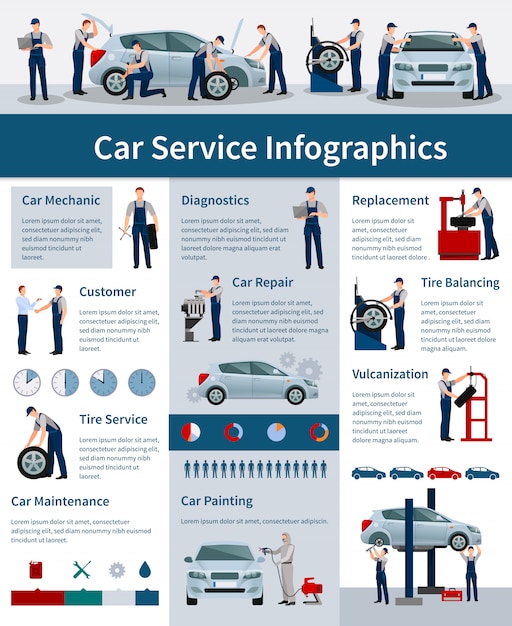Decoding Your Car'S Warning Indicators: What They Genuinely Represent
Decoding Your Car'S Warning Indicators: What They Genuinely Represent
Blog Article
Published By-Boye Gilbert
When you lag the wheel, those beautiful warning lights on your dashboard can be a little bit perplexing. Do you understand what they're attempting to inform you about your car's wellness? Understanding the importance of these lights is crucial for your safety and security and the long life of your vehicle. So, the following time one of those lights appears, wouldn't you want to decipher its message properly and take the essential actions to address it?
Common Warning Lights and Interpretations
Recognize usual warning lights in your vehicle and comprehend their significances to make sure risk-free driving.
One of the most normal warning lights consist of the check engine light, which indicates concerns with the engine or discharges system. If this light begins, it's essential to have your vehicle examined immediately.
The oil pressure advising light shows reduced oil stress, needing instant focus to stop engine damage.
A blinking battery light might recommend a malfunctioning charging system, potentially leaving you stranded if not addressed.
The tire stress monitoring system (TPMS) light signals you to reduced tire pressure, affecting automobile stability and gas performance. Ignoring this can lead to risky driving conditions.
The abdominal light indicates a problem with the anti-lock braking system, endangering your ability to quit quickly in emergencies.
Lastly, the coolant temperature warning light warns of engine overheating, which can lead to serious damages otherwise fixed promptly.
Recognizing these typical warning lights will aid you deal with problems promptly and preserve safe driving conditions.
Significance of Prompt Interest
Understanding the typical warning lights in your vehicle is only the initial step; the importance of without delay addressing these cautions can not be highlighted enough to ensure your safety and security when driving.
When a caution light brightens on your control panel, it's your cars and truck's method of connecting a prospective problem that needs interest. Overlooking these warnings can cause a lot more serious problems later on, jeopardizing your safety and potentially costing you a lot more in repairs.
Motivate attention to alerting lights can avoid breakdowns and mishaps. For example, a blinking check engine light could indicate a misfire that, if left neglected, could create damages to the catalytic converter. Addressing this promptly can save you from a pricey fixing.
In a similar way, a brake system warning light may signify low brake fluid or worn brake pads, crucial parts for your safety when driving.
Do It Yourself Troubleshooting Tips
If you see a caution light on your dashboard, there are a couple of DIY fixing suggestions you can attempt before looking for specialist assistance.
The very first step is to consult your cars and truck's manual to recognize what the specific warning light suggests. In some cases the issue can be as simple as a loosened gas cap causing the check engine light. Tightening up the gas cap may settle the trouble.
https://www.thedenverchannel.com/money/consumer/dont-waste-your-money/car-parts-shortage-has-drivers-waiting-months-for-repairs is a low battery, which can trigger numerous advising lights. Inspecting the battery links for corrosion and ensuring they're protected could deal with the trouble.
If a caution light continues, you can attempt resetting it by detaching the automobile's battery for a few mins and after that reconnecting it. Furthermore, inspecting your automobile's fluid levels, such as oil, coolant, and brake fluid, can aid repair alerting lights related to these systems.
Verdict
To conclude, understanding your vehicle's caution lights is essential for keeping your lorry running smoothly and securely. By quickly resolving these signals and recognizing what they suggest, you can avoid costly repairs and prospective break downs.
Bear in mind to consult your vehicle's guidebook for certain information on each warning light and do something about it as necessary to ensure a trouble-free driving experience.
Remain informed, stay safe when traveling!
